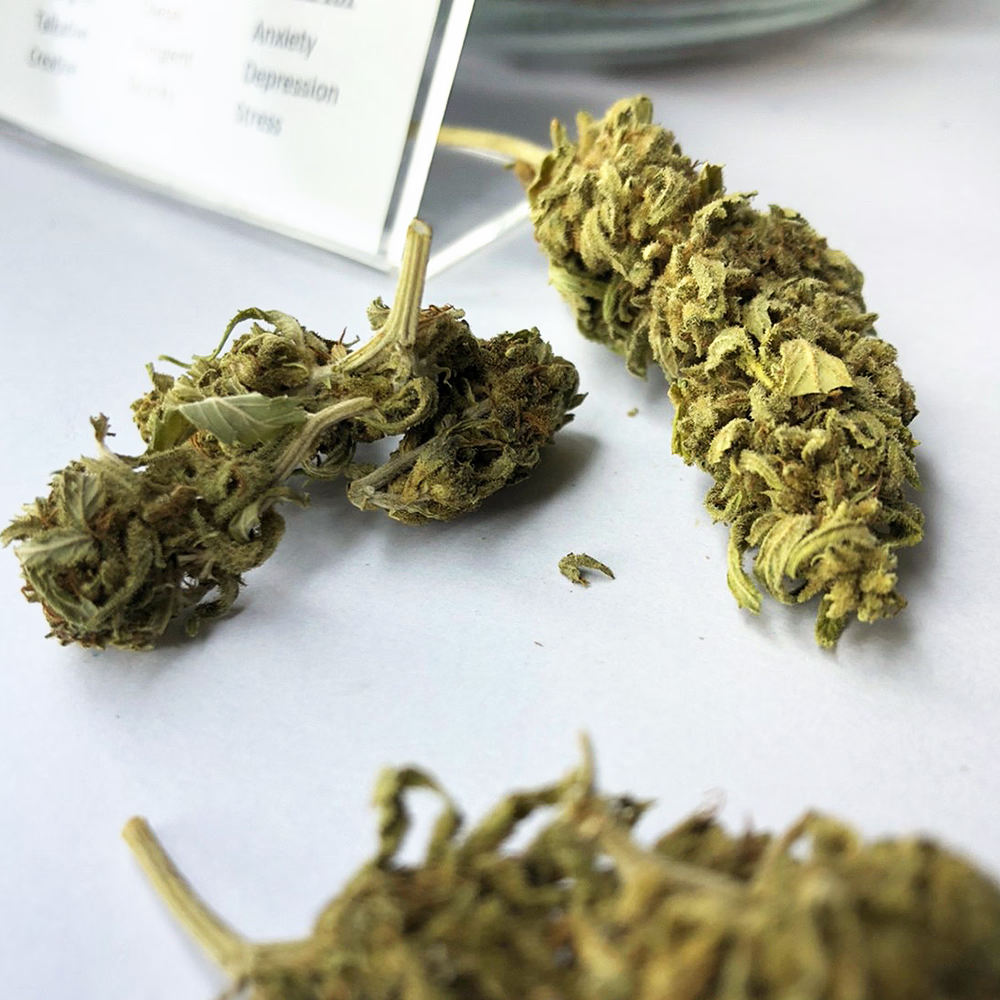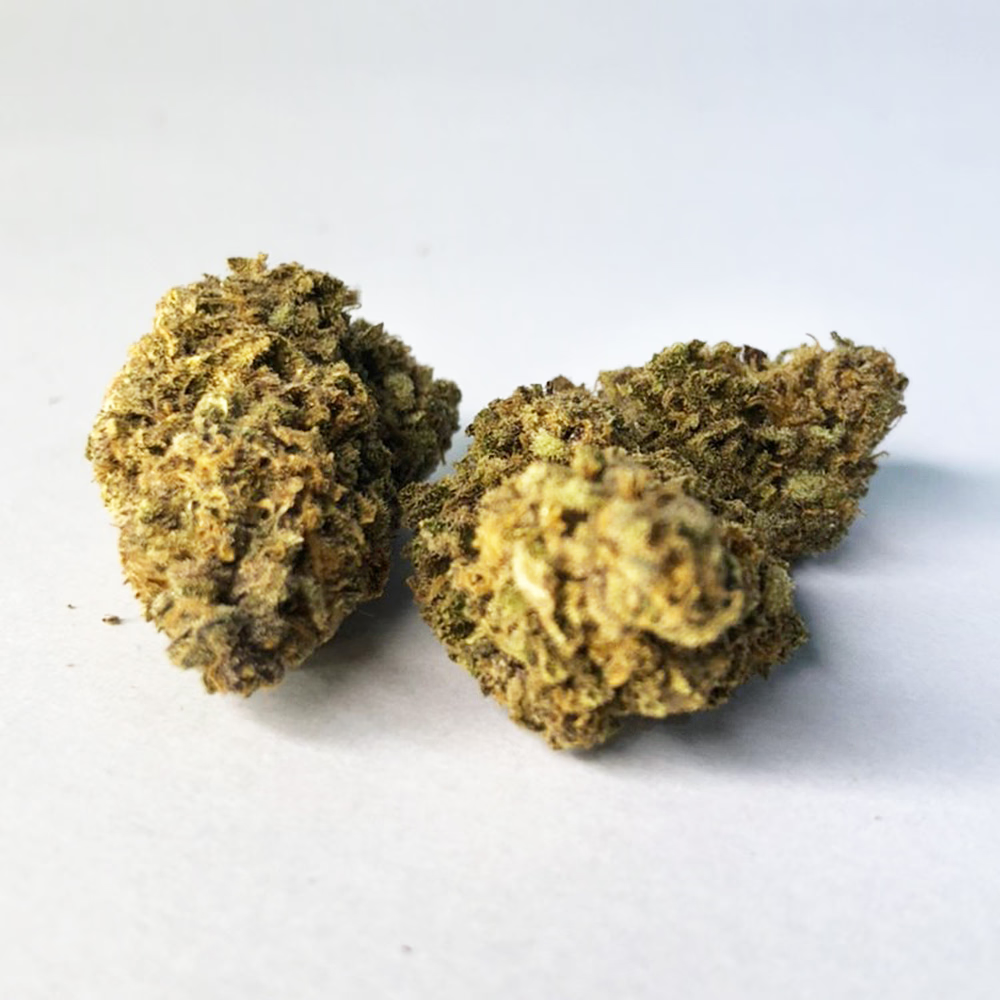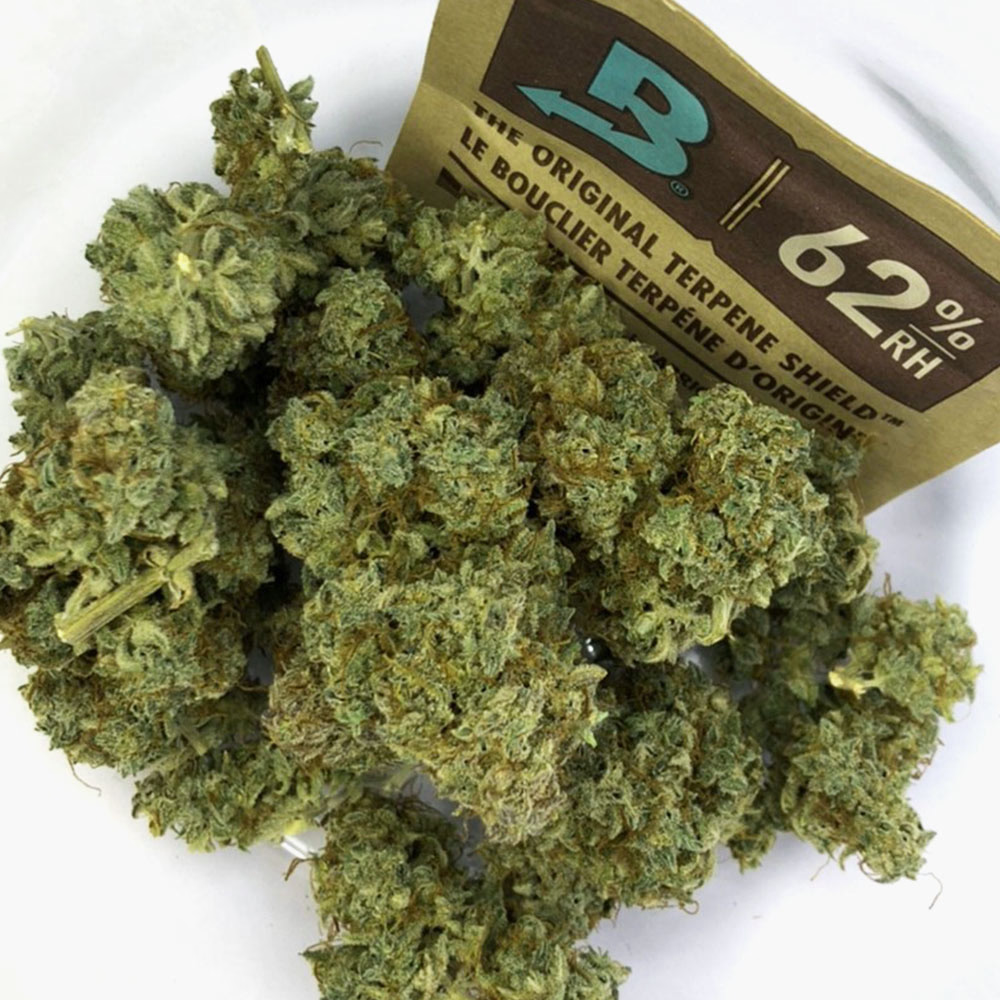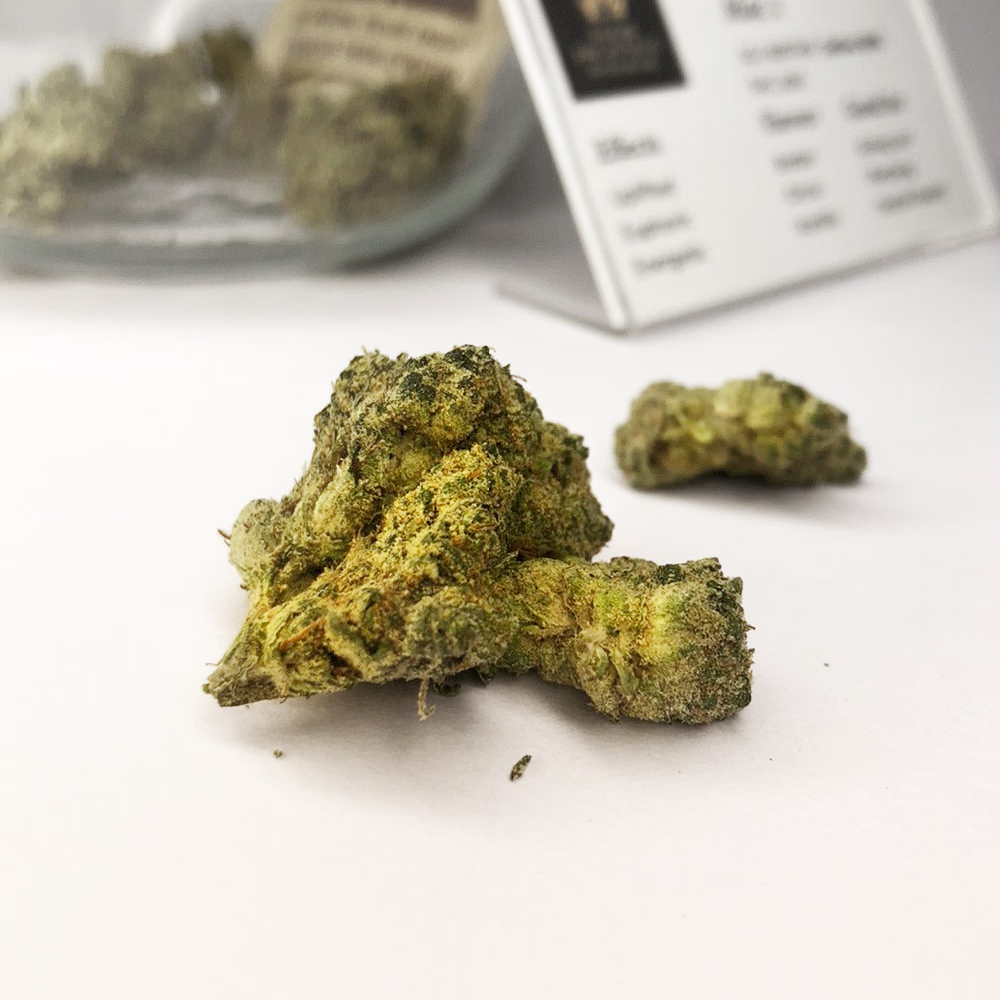What Is Photoperiod Cannabis & How To Grow It Outdoors
How Does Photoperiodism Affect Cannabis and What Is Photoperiodism?
Recognizing Light Cycles for Outdoor Photoperiod Cannabis Growing
Best Practices for Growing Outdoor Photoperiod Cannabis to Increase Yields
What Is Photoperiod Cannabis & How To Grow
Cannabis plants that grow photos periodically depend on light cycles to start flowering. To start the blooming process, photoperiod cannabis plants require shorter days and longer nights.
Cannabis with a photoperiod can be produced indoors and outdoors, but outdoor cultivation does call for more care because it depends on the light cycles for blooming. This post will explain how to cultivate photoperiod cannabis outdoors, from choosing the proper strain to environmental factors and the best management procedures for a healthy harvest.
Select a hardy strain explicitly produced for growing outdoor circumstances and can thrive in various weather situations. Some strains may not fare as well without supplementary lighting or other protection from harsh weather elements like wind or excessive temperatures. One must consider both the strain they are utilizing and the environment they plant while producing photoperiod cannabis outdoors.
It's also crucial to pick a location with good soil drainage where plants will receive enough sunlight throughout the day (8 to 10 hours is optimal) and stay away from places vulnerable to flooding or waterlogging.
Finally, depending on your local climatic zone and how close to the equator you live (less than 25 degrees latitude), you might want to consider planting during the fall or winter months; for most growers farther away from tropical regions, spring or summer should be good.
Growing Photoperiod Cannabis Outdoors. There are various best management methods one should adhere to guarantee their crop matures properly after an appropriate place has been selected and seeds have been germinated by the directions provided by seed banks (or clone cuttings have been obtained):
Watering: Photoperiod cannabis plants need frequent, shallow watering throughout their growth stages; avoid overwatering by checking the moisture levels in your soil before adding more water to your mix; also, when irrigating containers directly over soil beds, leave at least 1-2 inches between the topsoil surface and the water line; and if possible, add organic matter like compost to your soil mixture before sowing your seeds.
Fertilizer: Give photoperiod plants fertilizer explicitly made for marijuana crops regularly. This could include liquid feeds applied every few weeks during the vegetative stage, followed by solid feeding once buds start to form (ask the staff at your local garden center what's available). Unless required, avoid artificial fertilizers because they might lead to nutrient burn, killing fragile root systems.
Pruning: Keep branches and stems healthy by pruning early and frequently. Remove dead leaves below the canopy level before flowers appear, and thin down crowded canopy regions whenever necessary to ensure that light reaches all areas equally.
When harvesting, take care not to handle buds too directly, as this might harm them and lower the quality of the ultimate product.
Natural predators like ladybugs help reduce population numbers quickly but keep them away from children and pets.
Common pests like aphids and spider mites feed off sap found inside plant tissue, so inspect the underside of leaves frequently and remove infested material right away if detected! Consult local agricultural extension office advice if the problem persists.
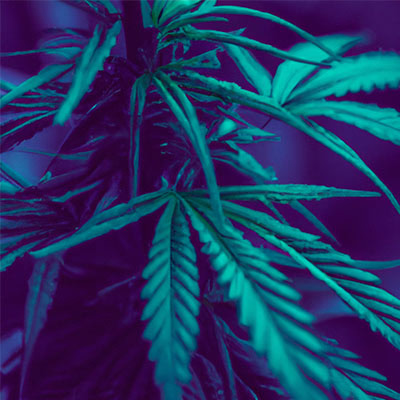
How Does Photoperiodism Affect Cannabis and What Is Photoperiodism?
A significant phenomenon in the realm of cannabis cultivation is photoperiodism. It refers to how a plant's growth cycle is impacted by the amount of light it receives throughout 24 hours.
To put it simply, photoperiodism regulates when cannabis plants start to flower and, ultimately, when they are ready to be harvested. What you need to know about photoperiodism and how it affects your cannabis garden is provided below.
It is helpful to look at how cannabis grows organically in the wild first to comprehend how photoperiodism functions. Depending on their original area and the related natural sunshine patterns throughout the year, cannabis plants are categorized as "short-day" or "long-day" plants.
Long-day plants like 18 hours of darkness at night, while short-day plants do best with 12 hours each day (the opposite applies to daylight).
To control the flowering stage of marijuana growth, the length of dark periods is crucial. During longer nights, buds will start to develop, a process known as "flowering initiation."
This process may be controlled when growing marijuana indoors by adjusting lighting schedules to have shorter or longer periods of darkness each day. This will allow you to decide when your marijuana plants will blossom.
It's also crucial to remember that different strains may react to changes in light cycles differently: some may do so fast, while others may take a long time for their flowers to appear on their stems and branches.
This implies that you should experiment with various lighting schedules until you find one appropriate for your particular strain (s). Additionally, remember that even while artificial lighting can be utilized in indoor gardens in place of natural sunshine, the intensity should be the same in both situations (or else results may vary).
There are two basic methods gardeners use to manipulate photoperiods to produce successful harvests:
Strains with Long Days: These strains do best in environments with Long Days (18/6), which entails more than 12 hours of daylight followed by six or fewer hours of darkness.
It is commonly utilized with Sativa strains because, under normal conditions, they don't tend to flower as quickly as Indica strains; giving them more daylight stimulates them to bloom sooner rather than later!
Strains with Short Day: These varieties need the exact opposite setup—longer nights/shorter days (12/12)—to begin producing buds in earnest; they are typically used most frequently with Indica strains because they tend to flower earlier anyway, but they need extra support if grown outdoors because seasonal changes could otherwise adversely affect their production schedule.
Whatever the technique, ensure that other environmental elements like temperature regulation and nutrition availability are maintained at ideal levels so those buds mature fully by harvest time.
In the end, they know how photoperiods function is crucial knowledge for any serious cannabis grower trying to maximize yields from their crop. By adjusting this element in an indoor garden, you can ensure flowering happens exactly when wanted and obtain those dense nugs every time.
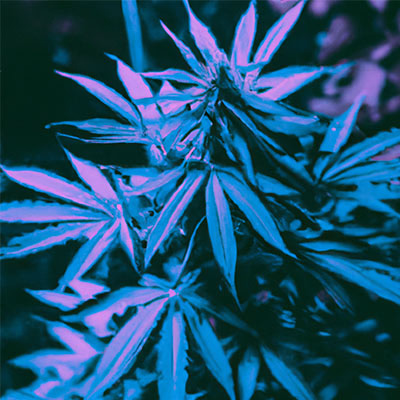
The Advantages of Outdoor Photoperiod Cannabis Growing
Compared to indoor culture, cultivating your photoperiod cannabis outdoors has several benefits, such as lower startup costs, higher yields, and the joy of doing it yourself. Consider these motives for outdoor photoperiod cannabis cultivation:
Lower Entry Cost - Compared to starting an indoor garden, growing cannabis outdoors takes less money upfront. You won't need to spend money on pricey lighting or ventilation systems, but you will need to buy soil, pots or beds, water, and plant nutrients.
Natural Light - When grown outdoors, your plants will receive the full benefits of natural sunshine, which can promote growth and yields compared to indoor grow operations illuminated artificially.
Greater Harvests - Plants cultivated outside have access to more space than those planted indoors, allowing them to develop to their full potential and provide greater yields when harvested.
Satisfaction - Growing your plants from seed or clone into large, healthy buds ready for harvesting is extraordinary. The sense of success that comes from seeing the rewards of your effort is unparalleled!
Easier Maintenance - Outdoor gardens are simpler to maintain since you don't require elaborate air conditioning systems or other expensive equipment for an indoor setup, like dehumidifiers, etc. Additionally, outside growers profit from Mother Nature's unpaid labor (i.e., rainwater).
Variety Options - Due to North America's range of temperature zones, many distinct strains can be grown outdoors (and beyond). Depending on where you live, you can experiment with several strains each season; no two seasons will ever be the same in deciding which strain is ideal for you, given the local circumstances!
Improved Terpene Profile - Growing outdoors enables terpenes produced by the plant itself (rather than artificial light sources) to create complex aromatic profiles that would otherwise not be possible indoors under artificial lights alone. This significantly impacts the flavor and smell of weed when smoked.
Eco-Friendly - If indoor growing is done incorrectly or inefficiently, it can waste resources like water and nutrients that are frequently discarded after harvest and go down the drain... Outdoor grows help reduce electricity usage associated with artificial lights indoors while reducing the overall carbon footprint.
Smell Control - Outdoors may initially require more effort due to potential neighbors' complaints about odor. Still, in the long run, it's much better controlled because smells dissipate quickly outside instead of accumulating inside as they do within enclosed walls found in typical home setups, keeping everyone happy without causing any problems between yourself & those living nearby.
Recognizing Light Cycles for Outdoor Photoperiod Cannabis Growing
Cannabis can grow outside with little to no work, making outdoor cannabis cultivation more and more common. But it's critical to comprehend the significance of light cycles for those who wish to produce the highest yields and quality.
Your outdoor crop will grow to its maximum potential if you know how to adjust light exposure effectively.
Because it gives producers control over when their plants experience sunlight or darkness, light cycle management is crucial for outdoor photoperiod cannabis production. Adjusting the time each stage receives can maximize yield and quality during the growth and flowering periods.
Choosing between a short-day and a long-day photoperiod for your plants is the first step in managing light cycles. Cannabis strains with short days are frequently produced in the summer, whereas those with long days are typically grown in the winter or spring when the days are longer than the nights.
Once you've chosen a photoperiod type, it's time to start adjusting light cycles by that choice.
There are numerous ways to accomplish this; gardeners frequently cover their grow space with black plastic tarps or blackout curtains at specific times of the day (or night).
The tarp or drape should be taken down around the end of the day so that your plants receive enough sunlight and have a period of darkness as evening approaches, allowing them to transition into their vegetative condition, which they can later start to bloom.
It's essential not only that your plants experience a period of complete darkness each day but also that they don't get too much sun (usually more than 12 hours) as this could cause stress which may lead to premature flowerings and other issues like nutrient deficiency due to photosynthesis being hindered by too much direct sunlight exposure.
Now "light cycle controllers" are available for photoperiods outdoors, giving growers complete control over lighting schedules regardless of weather or seasonal changes throughout the year for those looking for even greater precision when managing their crops' light cycles.
With just a few clicks on a digital interface, controllers can easily change the lighting levels, giving users complete control over how much light and dark their plants get without manual labor. Controllers are preloaded with preset settings based on various strain requirements.
In conclusion, if you haven't already, spend some time today becoming familiar with managing light cycles to maximize yield and quality from your outdoor crop. You can manually manage light cycles with tarps or curtains or use automated controls. Happy expanding.
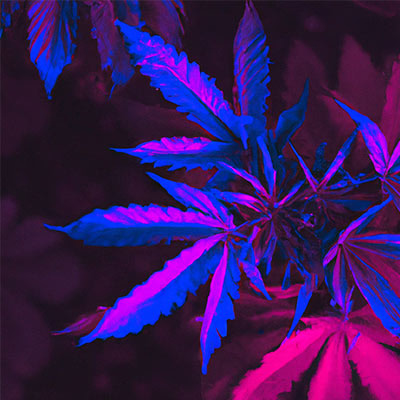
Best Practices for Growing Outdoor Photoperiod Cannabis to Increase Yields
Cannabis is increasingly being grown outside because it has a lot of advantages over indoor growing. Since there is a lot of natural sunlight when growing food outside, using artificial lighting and other energy methods costs less. Also, cannabis plants that grow outside can reach their full genetic potential because they get a lot of sunlight.
When grown properly, cannabis grown outside can produce more than cannabis grown indoors. It can also have a higher concentration of terpenes and cannabinoids, two essential things that affect the quality of the harvest.
The most crucial part of successful outdoor growing is choosing a suitable climate. Different strains do better in some climates than others, so consider this before planting your crop. Some best practices can help growers get the desired results when growing plants outside.
Research on the ideal temperature ranges based on your plants' stage should be done in addition to studying the soil type and available nutrients (germination vs. flowering). The best temperatures must be reached for healthy growth at each stage of development and a better overall yield when the plant is ready to be picked.
When deciding where to put your garden beds or containers, think about areas with a lot of direct sunlight during the day. This will ensure all plant parts get enough light and help keep temperatures reasonable. Putting your crops near trees or tall buildings may give them some shade when it's hot, but too much shade could slow growth by stopping photosynthesis.
Before planting anything in a garden bed or a container, ensure each spot gets enough sun! If necessary, try installing windbreakers around vulnerable locations! Furthermore, wind protection is essential because powerful gusts can harm fragile stalks and leaves, reducing productivity levels when it comes to harvest.
For a crop like cannabis to reach its full yield potential, it needs access to enough water throughout its life cycle. Watering schedules should be changed based on the soil type and the moisture available at any given time (check often!).
Fertilizers are another essential part of getting the highest yields, but each species uses them at a different rate. Do the preliminary research and adjust nutrient concentrations based on what works best for each cultivar (or talk to expert growers who have grown similar strains).
Lastly, pests like aphids must be dealt with immediately since they feed on plant sap, lowering plant health and productivity. Pesticides should be applied every few weeks from early spring until autumn.
Following these tips and paying close attention to the environment can significantly increase your chances of success when growing photoperiod cannabis outside. Good luck and happy harvesting.
